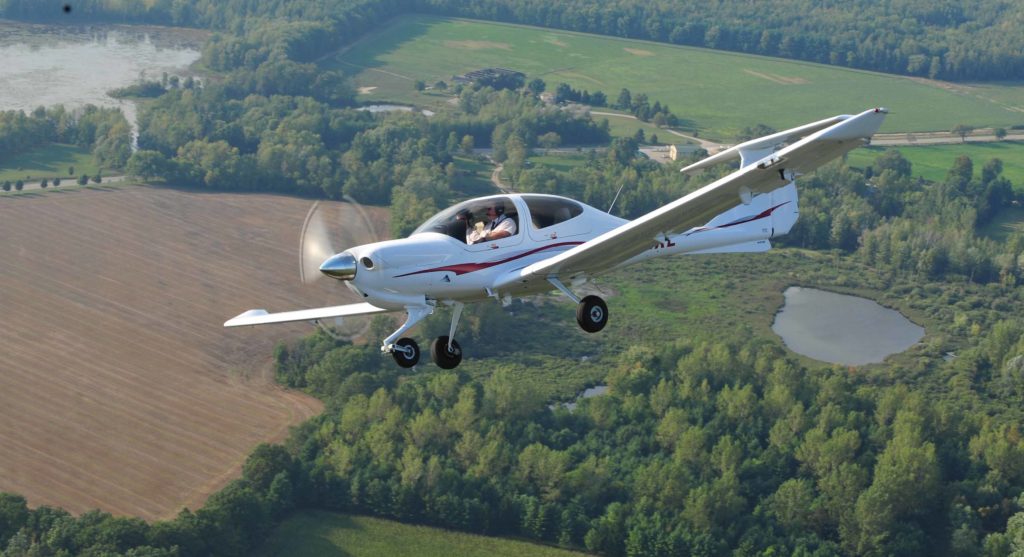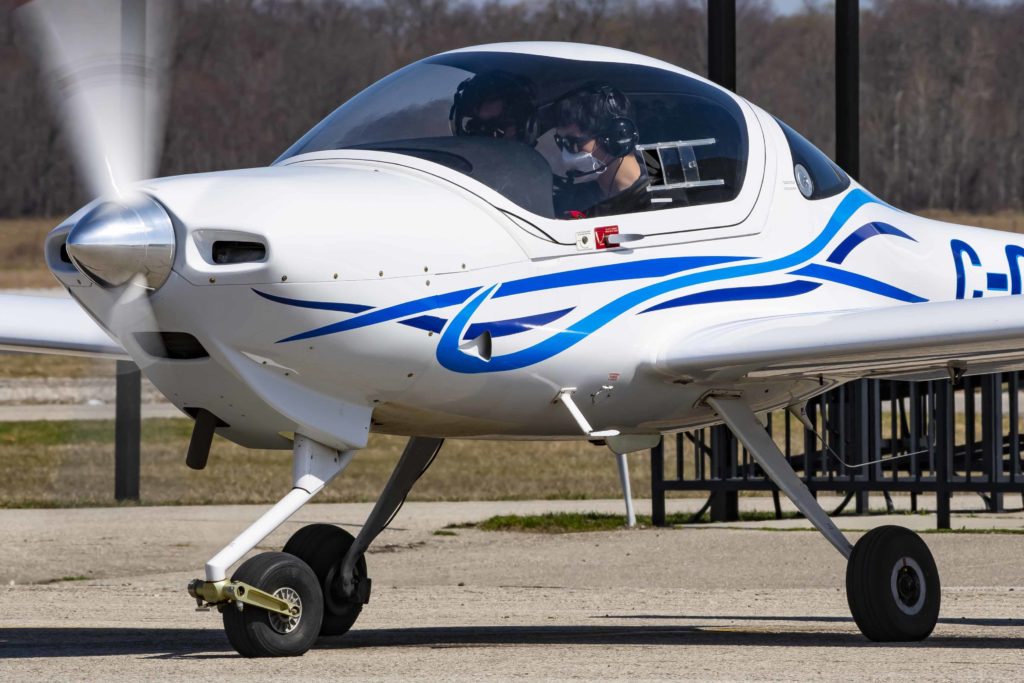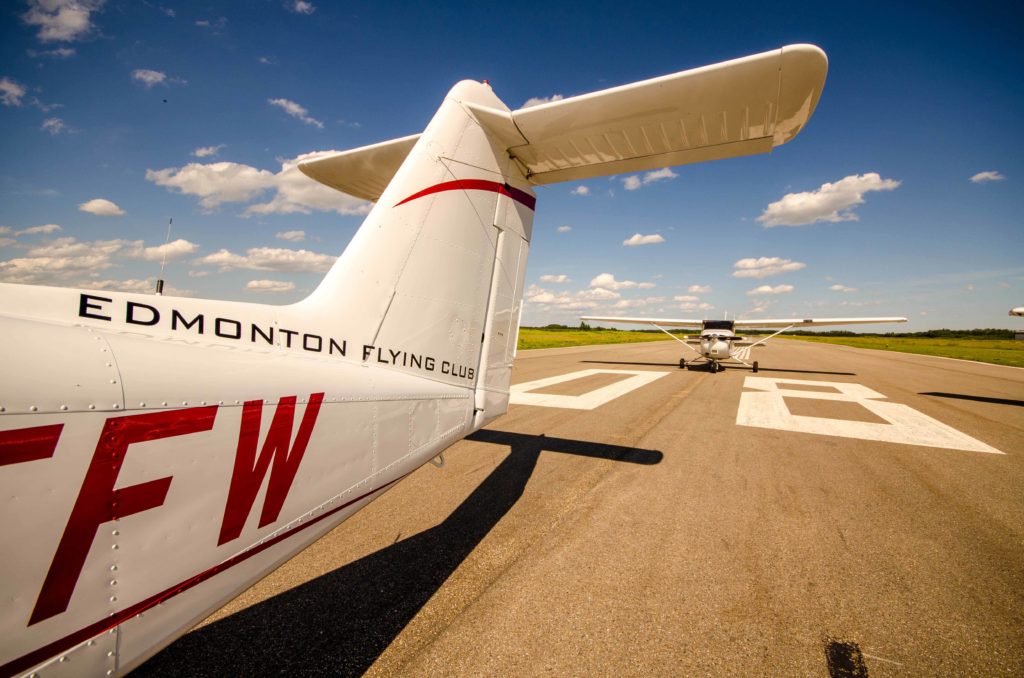Estimated reading time 15 minutes, 32 seconds.
The flight instructor serves as the link between dreaming of a career in the sky and becoming a skilled pilot. The instructor’s role is to instill and eventually evaluate the comprehension and ability of the pilot in pursuit of a certification, rating, or license.
In most industries, the teacher is held in high regard, representing a unique expertise while also serving as a confidante, mentor, and coach. Yet, the flight instructor role lost its lustre somewhere along the way — often regarded as a “stepping stone” to other, more prestigious positions within the aviation industry.
In fact, a common reflection within the flight school environment is that the overall well-being and morale of the instructor are often overlooked, even belittled. And, despite the indispensability of the role, flight instructors often suffer from financial instability, job insecurity, and a lack of work-life balance, generating a high turnover rate and discouraging those who once imagined a career in teaching.

So, what can be done to improve this? What sort of possible improvements would incentivize those who wish to become educators? Skies reached out to five instructors currently employed by flight schools across Canada: two Class 1 instructors located in southern Ontario; a Class 3 instructor who teaches in northern Ontario; a CFI (chief flight instructor) in Edmonton, Alberta; and a CFI in southern British Columbia.
Overall, most of the feedback was consistent, but there were some key differences. For example, one of the instructors is employed by a government-subsidized college that, in turn, offers a guaranteed base income.
The group of instructors, employed by a selection of Canada’s busiest flight training facilities, shared their personal experiences and opinions on how to improve the flight instructor role. (Some have asked to remain anonymous.)
Morale
Sophia Wells, a Class 1 instructor and CFI with the Edmonton Flying Club (EFC), remembers falling in love with instructing as an Air Cadet, which led her to pursue it as a career. However, it wasn’t until she failed her Class 2 instructor rating that she realized “many people weren’t teaching to their potential or truly trying to help students understand.
“It was then that I really started to recognize how broken the pilot training system is, and wanted to learn more and do something to try and fix it – at least for my own students [at EFC],” said Wells, who is also the director of community engagement and mentorship at Elevate Aviation and a board director with the Alberta Aviation Museum.
Jesse Sharpe is a Class 3 instructor at a northern Ontario flight school and recipient of the Aviation Solutions’ Chief Flight Instructor’s Award (2021). He also founded SharpeAero, born out of a need for fresh thinking on outdated flight training resources, and the idea that flight training techniques and training manuals have long been obsolete and stale.
“I have found, at least from my experiences and from talking with peers at other flight schools, that morale seems to be relatively low amongst flight instructors. For most, it’s just a stepping stone to get to somewhere else,” he said.
All five instructors agreed that the undervalued, “dime-a-dozen” mentality “only compounds the problem.”
“With flight instructing, management typically knows that turnover is high, so they don’t usually put the time in to really appreciate and show value to their employees,” one instructor said.

The consensus is that flight schools, and the aviation community in general, fail to “take flight instruction seriously as a career.”
While speaking candidly with Skies, the first of the two southern Ontario-based Class 1 instructors, who has been teaching since 9/11, said flight schools need to “stop viewing it as a stepping stone to other opportunities and start seeing it as another viable pathway in our industry.”
Seems simple enough.
But to play devil’s advocate, the costs of doing business as a flight school are higher than ever; aircraft acquisition, maintenance, inflated insurance rates, and rising fuel costs have made it difficult to make a decent profit.
“This is true,” said the second southern Ontario flight instructor, who is employed by a government subsidized college. “However, why should the person who, in my humble opinion, risks the most, be rewarded the least? Is that really fair? Sometimes, some owners become greedy and take advantage of their staff.”
In his experience, morale is usually low due to a “lack of respect and gratitude,” often attributed to “putting profit before people.”
Yet, despite the low quality of life, the instructors all said their loyalty to the career is fuelled by the fulfillment of contributing to the success of their students.
“It is tough [to make] a living because much depends on weather, and your drive [or] desire to advance your student’s progress,” the second southern Ontario instructor added.
He admitted that he started really enjoying the role when he “got over” himself.
“I remember hearing the statement, ‘It is not how good you are, it is how good your students become.’ It’s so true.”

But what flight school owners and managers need to take into account is “that their staff and instructors are the financial links between the customer and the school,” he told Skies.
According to the first southern Ontario-based instructor, a healthy start towards change would be to enable “all classes of instructor [to be able to] make a living at what they do.
“I am not dismissive of the importance of Class 4 and 3 instructors, but it is not sustainable to have the least experienced teach new students all the time,” he said.
Also, someone who invests the time and financing into achieving an instructor rating “shouldn’t have to have a second job, and sometimes a third and fourth job.
“[This] ultimately affects how they do their job as an instructor,” he added. “We shouldn’t have to figure out how we will pay our bills and eat if the weather doesn’t cooperate for a few days in a row.”
Better student intake and a reconsideration of those who teach them are high on the list of suggestions as to how the needs of both the student and the instructor can be met.
The first southern Ontario instructor said he previously suggested to management “that the senior instructors teach the ab-initio students” since they are the most experienced, which “did not go over very well.”
Improving the Environment
All five interviewees expressed a unified desire for clearer pathways, monitored student scheduling, and, quite simply, a respect for the trainer’s well-being. How is it that flight instructors are considered (in their words) “low-level” or “warm bodies?”
“Encourage growth and seek those passionate about education and flight,” offered Wells. “We need to work closely with industry and governments to promote and fund staffing. How can flight training be covered in Newfoundland and Quebec, but no other provinces?”

multiple jobs in order to make ends meet. Eric Dumigan Photo
To make ends meet, instructors often juggle several part-time jobs.
“Schools usually charge students something like $75-$100 per hour of their flight instructor’s time, while the flight instructors only see a fraction of that amount in their hourly pay rate,” said Class 3 instructor Sharpe.
During his flight training, he worked dispatch, which gave him clear insights into the expectations of a flight instructor.
Often, instructors are also paying off student loans and are “just grateful to be getting paid to fly,” added Sharpe.
But “when the shiny parts wear off,” and the realities of inopportune management and a “lack of respect to instructors” sink in, that novelty dissipates.
Wells explained: “Let’s say an instructor shows up to the flight school at 6:45 a.m. for a flight at 7:30 a.m. Then, they proceed throughout their day, having five flights booked, making their day end around 6:30 or 7 p.m. (after doing all of their paperwork at the end of the day). They would have been at work for 12 hours, often without a lunch break. Likely, they would have only been paid for six to eight hours.
“So, even if they’re paid $40 per hour, that’s $240 to $320 for 12 hours of actual work, meaning an hourly rate of about $20 (if spread across the entire day of work),” she continued. “And that’s after spending $70,000 to $100,000 to get their license.
“Ultimately, I began to wonder what I got myself into.”
In Ontario, there are four colleges whose instructors receive a salaried base pay; students enrolled in these schools have access to a direct pathway into a specific airline.
But shouldn’t any “school that prides itself in producing an airline-ready pilot” be able to “afford to pay their instructors simply by student fees?” asked the first southern Ontario instructor.

“There should be no question on how much that will cost the school,” he added. “They should ask themselves if they can afford not to.”
Typically, instructors (paid by the hour) only receive compensation for their hours in the air or directly with the student. As a result, any time spent coordinating student schedules and managing administrative duties is all unpaid.
And instructors often spend countless unpaid hours on the ground. Yet, the common practice of not charging students for these hours is in consideration of the “already prohibitive cost of flight training” for students.
“Pay is also heavily dependent on weather,” said Sharpe. “If weather is bad, flights don’t happen, so instructors do not get paid. This is especially cumbersome when flying can be rare in the winter months.”
In most cases, instructors do not receive paid vacation or sick days, never mind benefits or a pension.
The expectation for the instructor to balance several jobs while managing the safety of a student, combined with “being solely responsible for maintaining situational awareness” while managing an unpredictable environment, makes instructing one of the most demanding jobs in the industry.

The pandemic created an ideal situation for instructors to hone their teaching skillset, yet with pilot demand on the horizon, schools will face losing instructors who are eager to move on to the airlines.
According to the B.C.-based CFI, “many [instructors] were not expecting to be instructing this long, but rather hoped to be at airlines within months, as had been the trend prior to the pandemic.”
The incentive to leave flight instructing for the coveted first officer role at an airline is induced, partly, by the rules that airlines have surrounding seniority.
Sharpe explained that “every time you move to a new airline, your seniority resets, and you start from the bottom. So, there are seniority and financial incentives for those interested in the airlines to get to one as quickly as possible.”
The Solution?
The unanimous answer: A standardized environment that supports its senior instructors, and a management system that evaluates its weaknesses and “works with schools to improve” them.
This industry has lost sight of the value of those who choose to teach, those who take pride in the calibre of talent they release into the aviation community.
“Those here often don’t have the desire, and those with desire often cannot afford to be here,” said the B.C. CFI.

The second southern Ontario flight instructor added that ideally, schools “would not accept any [instructor] candidates just doing it for the flight hours.”
Ultimately, the resistance to change causes poor culture and low morale, which eventually “trickles down to student instruction,” he added.
Wells asked, “Is [the answer] subsidized funding from the government? Does that funding come from the industry, top-down (meaning largest operations to smallest)?”
The demand for flight training is high, but rising operating costs mean the likelihood that instructors will see a better quality of life is slim.
The continued expectations of 10- to 14-hour days, seven days a week, means most instructors will become “somewhat jaded or burnt out, which in turn affects the quality of flight training.” In the end, this becomes a safety concern. And in aviation, especially, safety should be ranked above all else.
Skies reached out to the Air Transport Association of Canada (ATAC) for comment on these issues, but did not receive a response before press time.


WOW, Finally after 27 years I seriously thought I was the only one who felt this way. Absolutely the industry should be ashamed. Where I am employed as a CFI and Class 1, I am extremely fortunate. I am treated very well and with the greatest of respect from my employer, its the true meaning of the word TEAM. I could not ask for a better work environment as a flight instructor. When I teach new, aspiring Class “5’s” I have them read an article I wrote titled… “So you want to be a Flight Instructor”. The purpose of the article is to emphasis to the pilot wanting to acquire his or her flight instructor rating that this is a serious and professional aviation career, not a stepping stone to the airlines. Aviation careers are built on reputation, not hours, the path you make, the time you put in and the professionalism you display builds and develops your Character. as you continue in your instructor career you inherently develop your sense of duty to teach those skills effectively and the way in which you conduct yourself and develop your skills and pass those skills on to your students demonstrates your Integrity. Its those traits which should define any professional pilot. I am shocked when I read in articles how much “Instructor Bashing” go’s on and one thing ALL should remember… It was the humble flight instructor who helped you achieve your success in your aviation career. Guess we taught it right the first time!